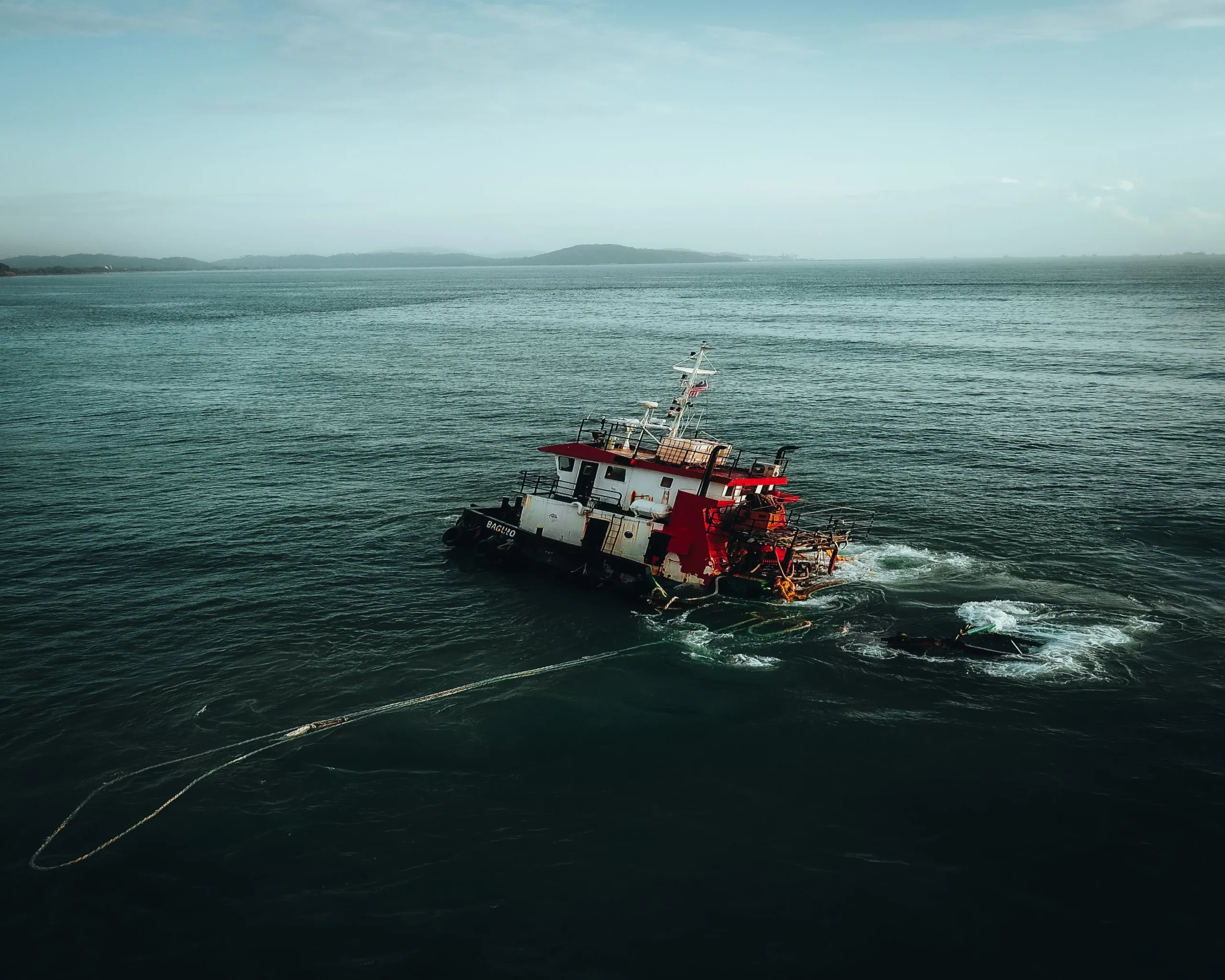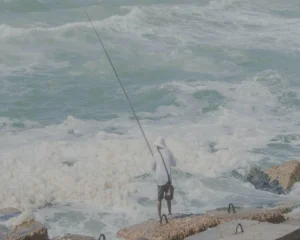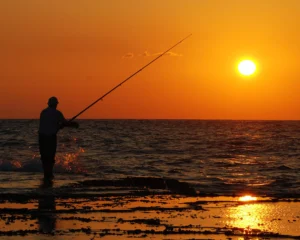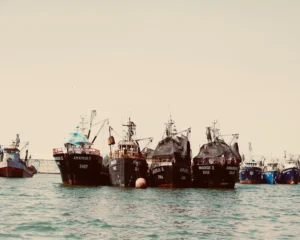Read in Urdu Language Click Here.
Dredging:
Dredging in the context of fishing usually refers to a method involving the use of a dredge, a gear or apparatus dragged along the seabed to catch shellfish, crustaceans, or certain species of fish. It’s important to note that while dredging can be a fishing method, it can also have significant environmental impacts and is regulated in many places to prevent overfishing and habitat destruction.
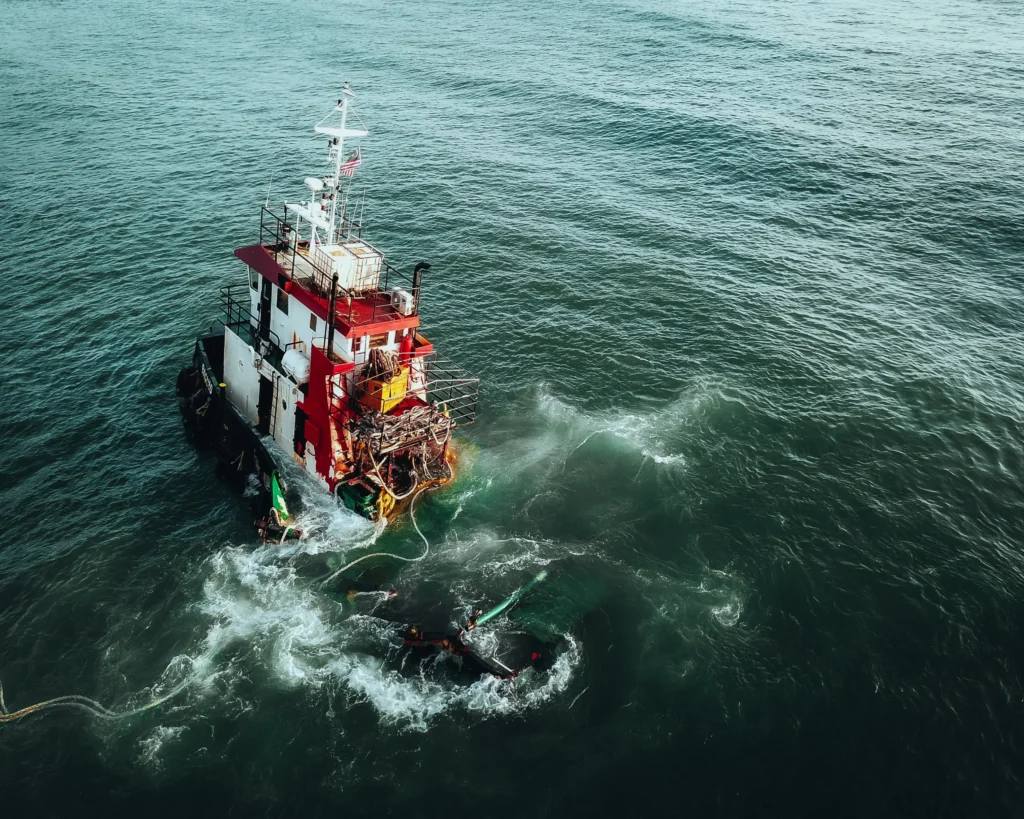
Here are key aspects related to dredging in fishing:
-
Dredging Gear:
Dredge (Fishing Gear):
A fishing dredge typically consists of a metal frame with a net bag or mesh attached. It is dragged along the seabed by a vessel, capturing organisms in its path.
-
Target Species:
Dredging is often used to target species that dwell on or near the seabed, such as scallops, oysters, clams, and some species of flatfish.
-
Dragging Method:
The dredge is dragged along the bottom of the ocean or sea by a fishing vessel. The motion of the dredge disturbs the seabed, capturing the target species in the net bag.
-
Environmental Impact:
Dredging can have significant environmental consequences. The dragging of heavy gear along the seabed can lead to habitat destruction, impacting benthic ecosystems and organisms. The disturbance of the seabed can also result in the unintended capture of non-target species, known as bycatch.
-
Regulations and Management:
Many countries and international organizations have implemented regulations and management measures to control dredging activities. These may include restrictions on the type of gear used, the areas where dredging is allowed, and seasonal closures to protect vulnerable species and habitats.
-
Sustainability Practices:
Efforts are being made to develop sustainable dredging practices that minimize environmental impact. This includes the use of gear modifications and spatial management strategies to reduce bycatch and habitat disturbance.
-
Selective Dredging:
Some fisheries employ selective dredging techniques to target specific species while minimizing the impact on non-target organisms and habitats. This may involve modifying the design of the dredge or using technology to improve selectivity.
-
Technology and Innovation:
Advances in technology, such as underwater cameras and monitoring systems, are being used to better understand the impact of dredging on the seabed and to develop more sustainable fishing practices.
-
Community and Stakeholder Involvement:
In some regions, there is an increased focus on involving local communities and stakeholders in the management of dredging activities. This participatory approach aims to balance the economic benefits of fishing with the need to protect marine habitats.
-
Ecosystem-Based Management:
Ecosystem-based management approaches consider the broader ecological context in which dredging occurs. This approach takes into account the interconnectedness of species and habitats and aims to maintain the health and resilience of the entire ecosystem.
It’s essential to recognize that while dredging can be an effective method for harvesting certain species, its environmental impact has raised concerns. Sustainable dredging practices, regulatory measures, and ongoing research are crucial components of responsible fisheries management to ensure the long-term health of marine ecosystems.
Read in Urdu Language Click Here.

